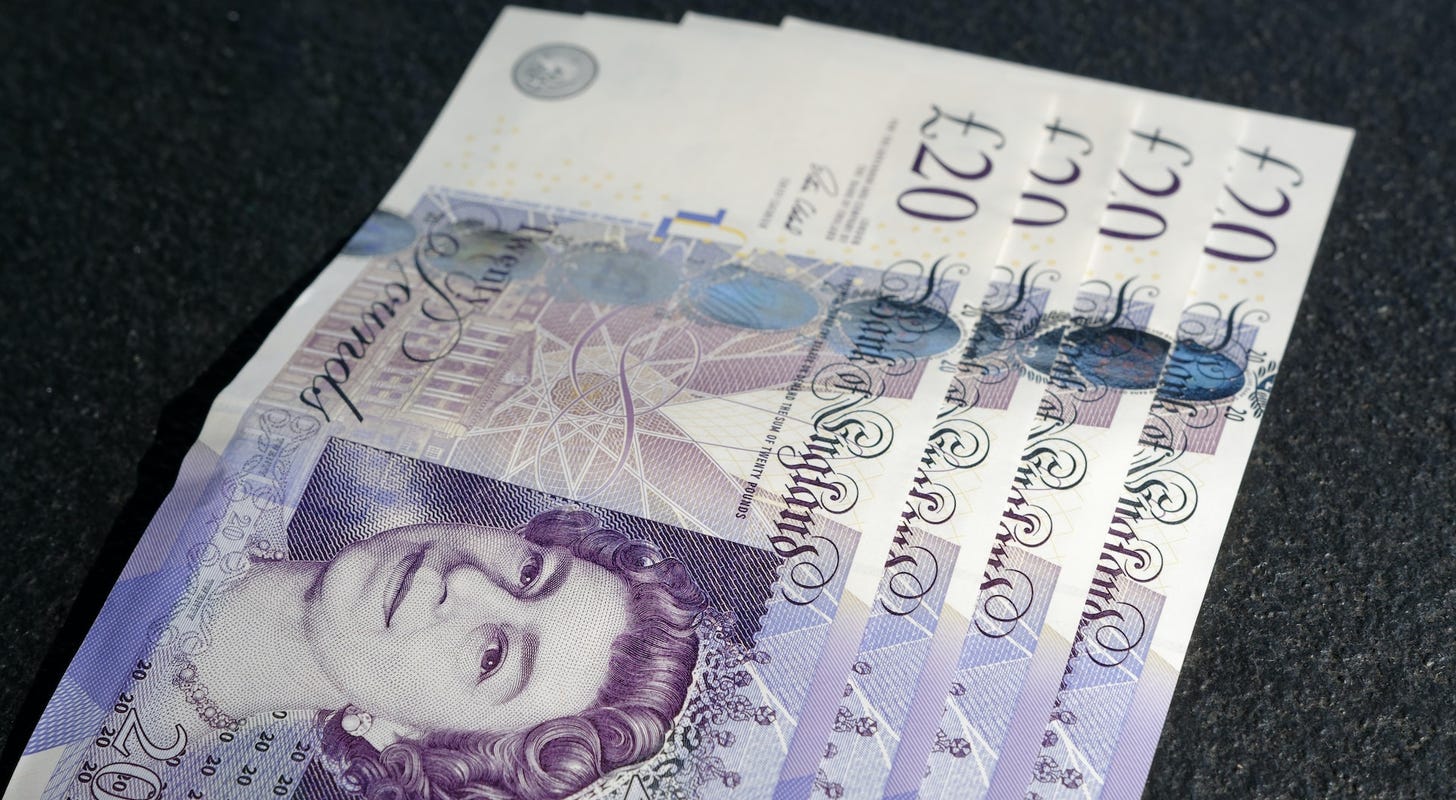Forex
Pound For Pound: Will The UK Raise Rates Or Keep Them Steady, And Ready To Ease?

The Bank of England (BoE) is speculated to raise interest rates for the 13th consecutive time on Thursday.
The proposed interest rate hike could increase monthly payments for homeowners with tracker and variable rate mortgage deals.
The BoE has expressed concern over the rapid wage growth, attributing it as a significant contributor to the high inflation rates, which have seen an 8.7% increase in the year to May.
The upcoming decision could influence the trajectory of the British pound, which is in a state of recovery following a 22.97% bounce-back after hitting record lows last September, and a potential interest rate hike could either bolster or hinder this recovery.
The Bank of England (BoE) is facing a crucial decision that could significantly affect the UK’s economic landscape.Speculations suggest that the Bank may raise interest rates for the 13th consecutive time on Thursday, with the present rate at 4.5%.This decision will likely impact both homeowners and savers, making it a critical event to watch out for.Homeowners with a tracker and variable rate mortgage deals may face higher monthly payments after the interest rate hike, increasing their financial burden.On the bright side, savers could benefit from higher returns on their investments. Unfortunately, rising prices are outpacing interest rates, reducing the purchasing power of cash savings. The Bank’s proposed rate increase is a vital component of its objective to curb the escalating cost of living, known as inflation. With the Bank rate already reaching the highest recorded level in nearly 15 years, the urgency of the matter cannot be overstated.Currently, the inflation rate in the UK is still elevated, particularly in regards to costs of food, dining out, and recreation.Recent data shows inflation has climbed to 8.7% from the previous year to May, emphasizing the pressing need to address this issue. Essential items like milk and sugar have experienced significant price spikes of 28% and 50%, respectively.The Bank of England has expressed caution over the rapid growth in wages, noting that substantial wage increases are contributing to the ongoing high rates of inflation.As the possibility of an interest rate increase looms, the British pound is in a state of recovery after hitting record lows against the dollar in September of last year. With a remarkable 22.97% bounce-back and a 5.48% increase this year, the pound is on the rise.Although it may face some resistance at the 1.3000 psychological round number level, the question remains as to how the potential rate hike will impact its growth.The decision on Thursday from the Bank of England is causing unease, with uncertainty weighing on everyone’s minds.The question of whether they will proceed with a rate hike or maintain the status quo cannot be answered right now. What is apparent, however, is that inflation is on the rise and concerted action is required to slow it down.The Bank’s decision could be crucial in the ongoing battle against inflation in the UK, and the whole nation is waiting keenly to see how events will unfold.After the closing bell on Wednesday, June 21, the GBPUSD closed at 1.2768, trading up by 0.02%.

 Forex3 years ago
Forex3 years agoForex Today: the dollar is gaining strength amid gloomy sentiment at the start of the Fed’s week

 Forex3 years ago
Forex3 years agoUnbiased review of Pocket Option broker

 Forex3 years ago
Forex3 years agoDollar to pound sterling exchange rate today: Pound plummeted to its lowest since 1985

 Forex3 years ago
Forex3 years agoHow is the Australian dollar doing today?

 Cryptocurrency3 years ago
Cryptocurrency3 years agoWhat happened in the crypto market – current events today

 World3 years ago
World3 years agoWhy are modern video games an art form?

 Commodities3 years ago
Commodities3 years agoCopper continues to fall in price on expectations of lower demand in China

 Economy3 years ago
Economy3 years agoCrude oil tankers double in price due to EU anti-Russian sanctions





















